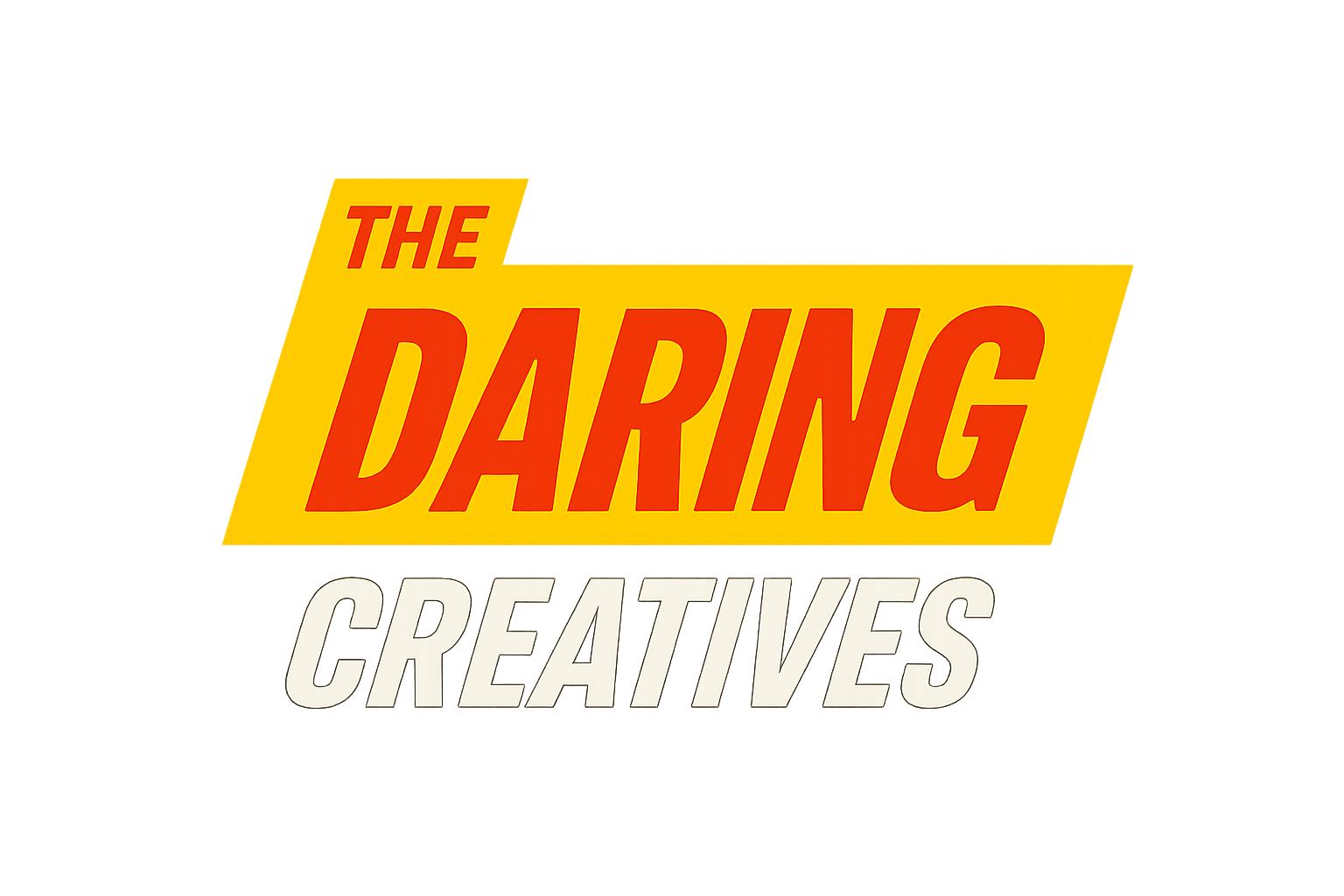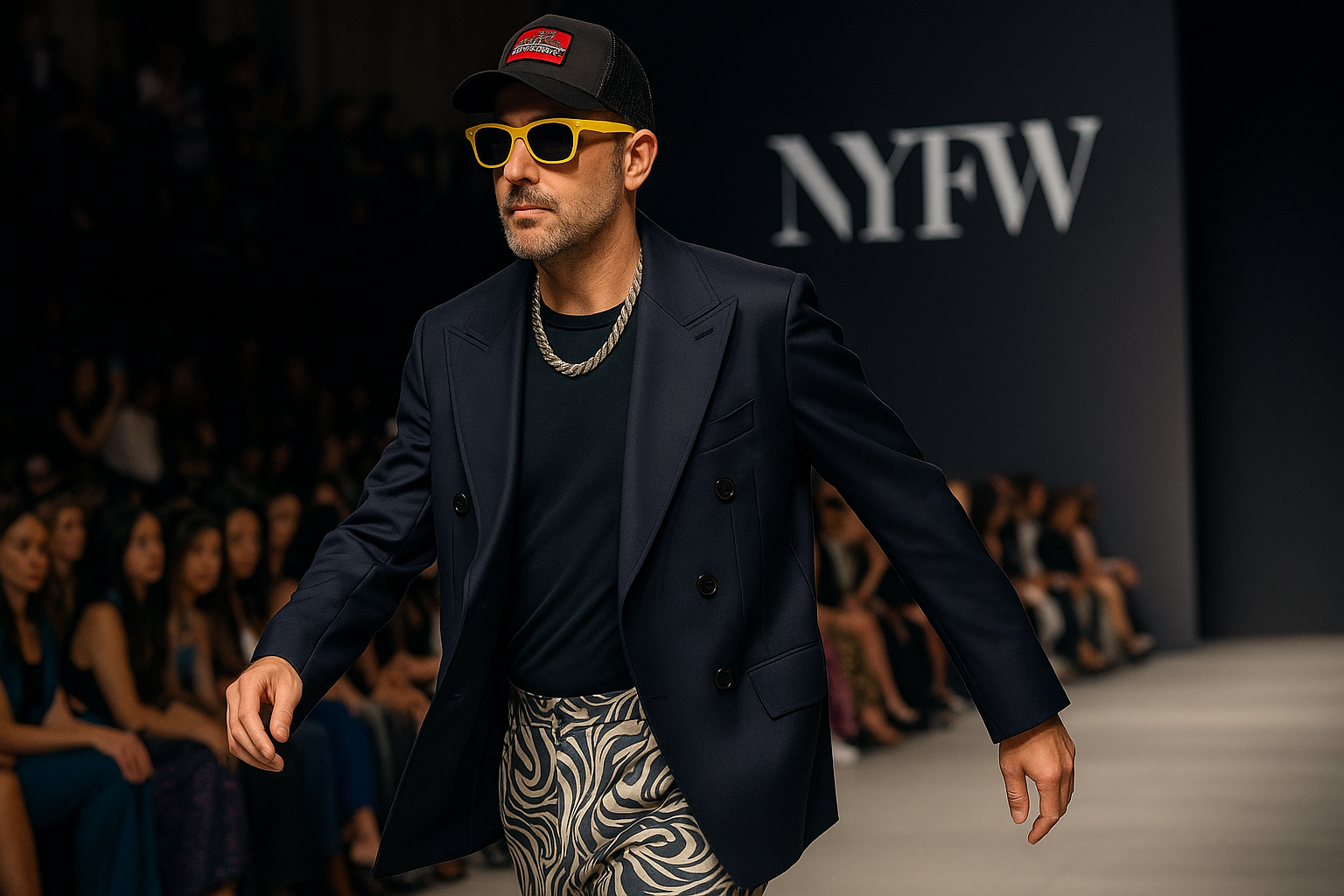This season’s New York Fashion Week didn’t just showcase clothes. It showcased a future. AI wasn’t just in the background crunching numbers — it was on the catwalk, in the apps, in the mirrors, and even in the shoes.
We’re used to seeing fashion chase technology — live-streamed shows, Instagram-ready sets — but 2025 felt different. This wasn’t just fashion using tech to market itself. This was fashion letting tech into its DNA.
AI as Stylist
Ralph Lauren rolled out Ask Ralph, an AI-powered shopping assistant built on Microsoft’s Azure OpenAI platform. It’s simple, but surprisingly delightful: type “What should I wear to a concert?” and it will serve you a curated look, head-to-toe, from their current collection. Chief Innovation Officer David Lauren summed it up perfectly: fashion is about “exposing yourself to newness and evolving.” This wasn’t about replacing stylists. It was about extending their reach — giving every shopper a taste of personalized service, even while scrolling in bed
Virtual Try-Ons Go Mainstream
LoveShackFancy took things further by teaming with Google’s AI-powered virtual try-on. Guests could upload selfies and instantly see how runway dresses looked on their own bodies — no awkward dressing rooms required. Google’s Lilian Rincon explained that it solves one of fashion’s oldest problems: loving a piece on the runway but having no clue how it will look on you
Startup SpreeAI had a strong showing too. Co-founder John Imah worked the circuit at multiple shows, demoing his platform’s eerily accurate virtual try-ons. Snap a full-body photo and SpreeAI sizes you up with 99% accuracy, showing how a garment fits your unique frame. It’s hard not to imagine this becoming the norm — a quiet revolution happening in the wings of NYFW
Robots, Holograms, and the Theater of Tech
If you were at Private Policy’s “Future-Tech Americana” show, you saw Bao Bao the robot strutting down the runway like it owned the place. You also saw a holographic model — an AI-generated CGI avatar created by Fiducia AI — projected like a portal to another dimension. These weren’t just gimmicks. They were a statement: fashion shows can be part theatre, part thought experiment about what we value in human presence
AI as a Co-Designer
Loza Maléombho’s showcase might have been one of the most moving examples of AI used creatively. Alongside the live models, Maléombho projected a 15-minute AI-generated film by visual artist Delphine Diallo, created with MidJourney. The film merged African guardian symbols with a sci-fi cityscape — a universe where cultural tradition and futuristic vision coexisted
Alexander Wang’s return to NYFW was equally tech-forward. His “Matriarch” collection featured AI-generated visuals and a 3D-printed heel called The Griphoria, designed with machine learning in collaboration with tech company HILOS. Zero-waste, no traditional CAD files, just AI suggesting forms that humans then refined. Wang called it a way to “reserve our human mindset for bigger things.”
And Collina Strada kept things playful, using Stable Diffusion to create swirling, experimental prints that were later handcrafted into garments — a reminder that even AI-born art can end in something tactile and imperfect.
Fashion’s Existential Questions
Not every designer used AI as a shiny new toy. Joseph Altuzarra’s “Hyperreality” collection was a critique, exploring how technology doubles our world — making it hard to tell real from fake. His show was a call for discernment, inviting audiences to slow down and really look
At a student-run show titled “AI x Fashion,” young designers used generative tools to speed up design processes, often finishing in seconds what used to take minutes. But they were quick to admit: AI still makes mistakes that only human eyes can fix.
Beyond the Catwalk
Even the press got in on the experiment. i-D Magazine went viral with an AI-synthesized baby delivering a monologue about what the world will look like for Gen Beta. And Glance AI’s “Fashion Newsstand” installation in Midtown let attendees scan their selfie and see personalized outfits projected onto giant screens within minutes — turning bystanders into co-stars.
What It All Means
Fashion has always been about asking: Who do you want to be? AI just turned that question into a mirror that answers back. Whether it’s Ralph Lauren’s quiet personalization, LoveShackFancy’s selfie-driven try-ons, or Alexander Wang’s machine-learning heels, the message is the same: technology isn’t replacing creativity. It’s stretching it.
The fear that AI will flatten everything into sameness seems, at least for now, overblown. NYFW 2025 showed us a different story — one where AI is a tool for provocation, collaboration, and surprise. The runway became a sandbox for ideas, some practical, some purely poetic, all asking us to imagine a future where fashion and AI don’t just coexist but co-create.
And if NYFW is any indication, that future isn’t on the horizon. It’s already strutting right toward us.


